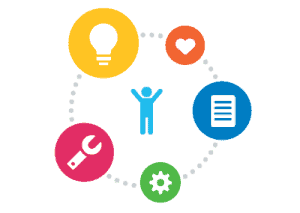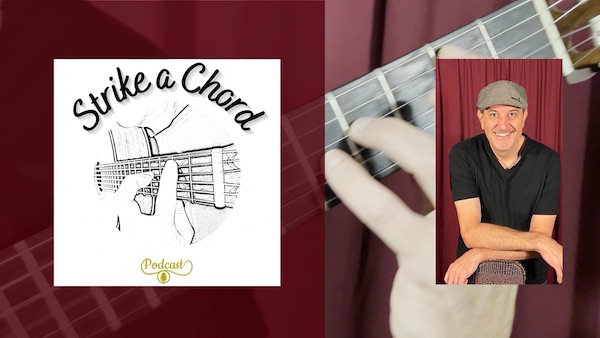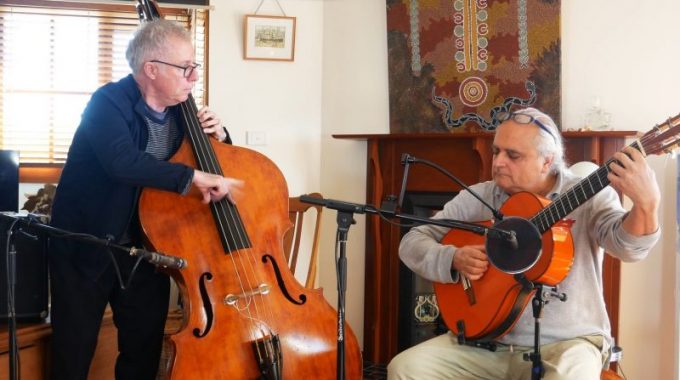This week, I had the pleasure of working with a new guitar student who possesses…
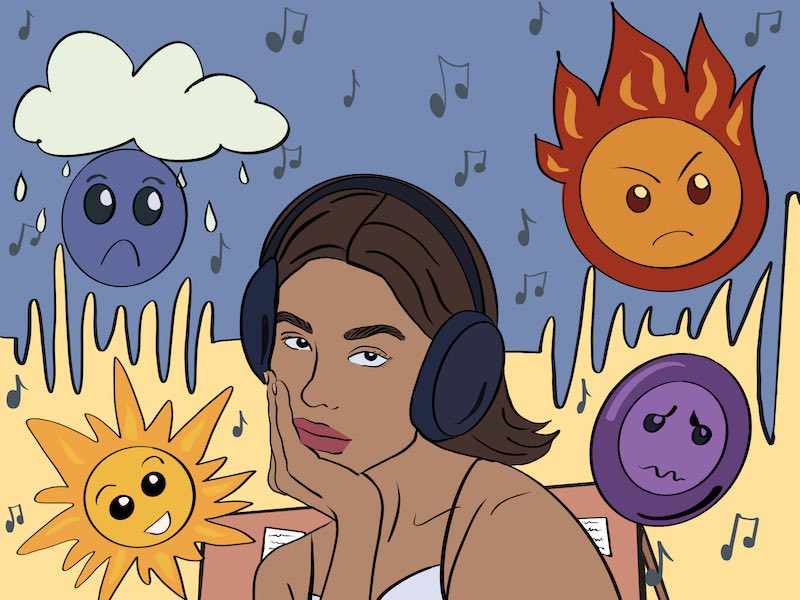
Music and Well-being
Can Music Solve Anxiety, Reduce It, or Make It Worse?
At a young age, music stirred emotions within me that were initially confusing, leading to significant anxiety throughout my life for many years.
However, with tremendous effort and patient learning, music became the remedy that ultimately helped me overcome my anxiety, and it has never returned since.
Now, my life revolves around music, as I seek the rewards of this precious gift to nourish and delight my inner soul.
It’s important to note that music didn’t directly solve my anxiety, but once I grasped how to live my life without anxiety, I could fully immerse myself in music and experience the resulting sense of music and well-being.
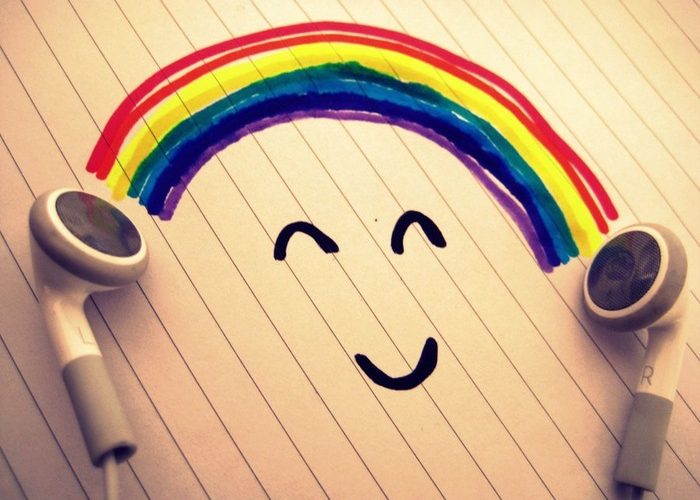
Reducing Anxiety: Empowering Through the Art of Learning
As a teacher, I have applied my successful experiences to music education, leading to incredible results for those who believe that music can be a language for healing our troubled existence.
In my observations, the cause of anxiety varies from person to person, but I’ve noticed a common factor: when individuals grasp the meaning and process of satisfaction, their anxiety tends to disappear.
When a student learns to find contentment in their goals and genuinely enjoys the learning journey, anxiety gives way to healthy boundaries that guide them toward pleasure and satisfaction. This shift helps them avoid unnecessary frustration or the need to shield themselves from the unknown.
These principles can be applied at all levels of music education, including understanding the pace of learning, the number of repetitions needed for assimilation, how to compose, arrange, and play with others, as well as how to express oneself effectively.
By following this pathway, students gain the ability to make choices that foster comfort in their creativity, resulting in overall well-being and fulfillment.

Fostering Student Learning with Satisfaction: A Pathway to Success
Music is a unique form of expression that goes beyond words and involves sounds that deeply shape our understanding. It shares this characteristic with the language of mathematics.
In traditional music learning, there’s often a focus on visual learning, analysis, and overthinking, which can lead to anxiety. Students may end up playing without truly connecting to the emotion behind the sound.
However, the key to successful music learning lies in understanding that the sound itself is paramount. Emotion drives the music, and the need to express it guides the coordinated movements required to produce the desired sound and the consequent relationship of music and well-being.
To achieve this, aural learning is emphasized from the beginning, connecting the sound to the beat, and then learning how to play it. This approach mirrors how we learned as children: listening, having fun, imagining, singing, and playing.
With the guidance of a teacher, this method offers a structured pathway for training that accelerates learning speed significantly. As a result, satisfaction is guaranteed, and anxiety is reduced, offering a more enjoyable and effective way to learn music.
The Cause of Anxiety
As a teacher, my role involves addressing the triggers of anxiety in students and guiding them to use music as a tool for reducing it. This is achieved by setting and accomplishing short-term goals, emphasizing the importance of enjoying the learning process rather than solely focusing on the end result.
While music can indeed help in alleviating anxiety, it’s important to acknowledge that the thoughts and triggers leading to anxiety can only be effectively dealt with through understanding and expression in the regular spoken language. Music can play a supportive role, but addressing the root causes often requires communication and reflection in the conventional language of words.
How to Enjoy the Journey
Indeed, each of us learns at our own pace, and when it comes to music learning, it feels as though my brain cells are actively forming connections, crafting a pathway for the sound to be recreated. This process seems rather disorderly, and surprisingly, it doesn’t necessitate numerous repetitions. Instead, what it truly calls for is a deliberate slowness, as a significant portion of learning takes place during the moments when we are not actively playing.

Discovering the Musical Mind: Aural Learning and Satisfaction
Recently, I have acquired a wealth of knowledge about Aboriginal lore, and it’s fascinating to see the parallels in their approach to language learning. Their wisdom, transmitted aurally through words and songs, has turned them into masters of aural learning over countless generations. From a young age, they cultivate what I would call a “musical mind.”
In my own music teaching, I’ve embraced a similar philosophy by emphasizing aural learning. Just as the Aboriginals repeat fragments multiple times for memorization, I encourage this method to ensure effective and enjoyable learning. By focusing on repetition with a rhythmic pulse, we eliminate judgment and allow the music to become ingrained in memory, leading to a more profound connection and satisfaction, a more defined pathway of music and well-being
While not all aspects of this learning process can be found in books, the wisdom gained from experience plays a crucial role. Through my guitar courses, I aim to address various challenges that arise in the learning process, offering students multiple options to explore different angles and achieve a continuous upward trajectory in their musical journey. The ultimate goal is to foster a strong foundation for lifelong musical enjoyment and fulfillment.
Please also explore my online guitar lessons where all the above concepts are intrinsic to the school curriculum.
